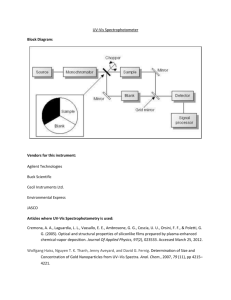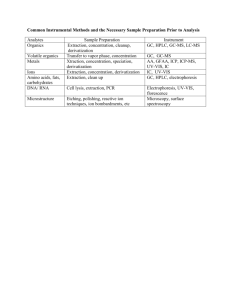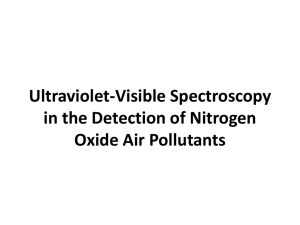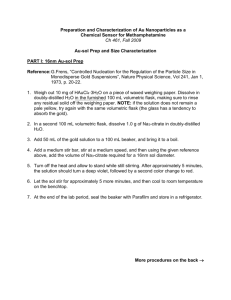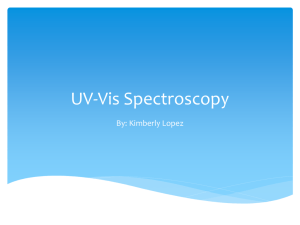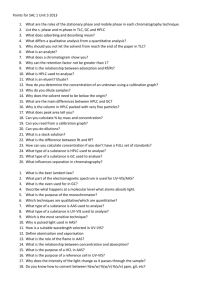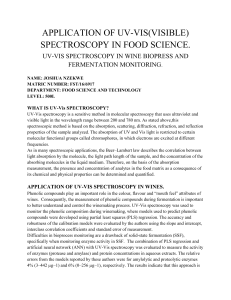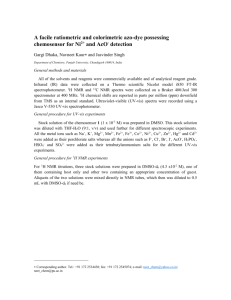UV-Vis Spectroscopy: Block Diagram, Vendors, & Research
advertisement
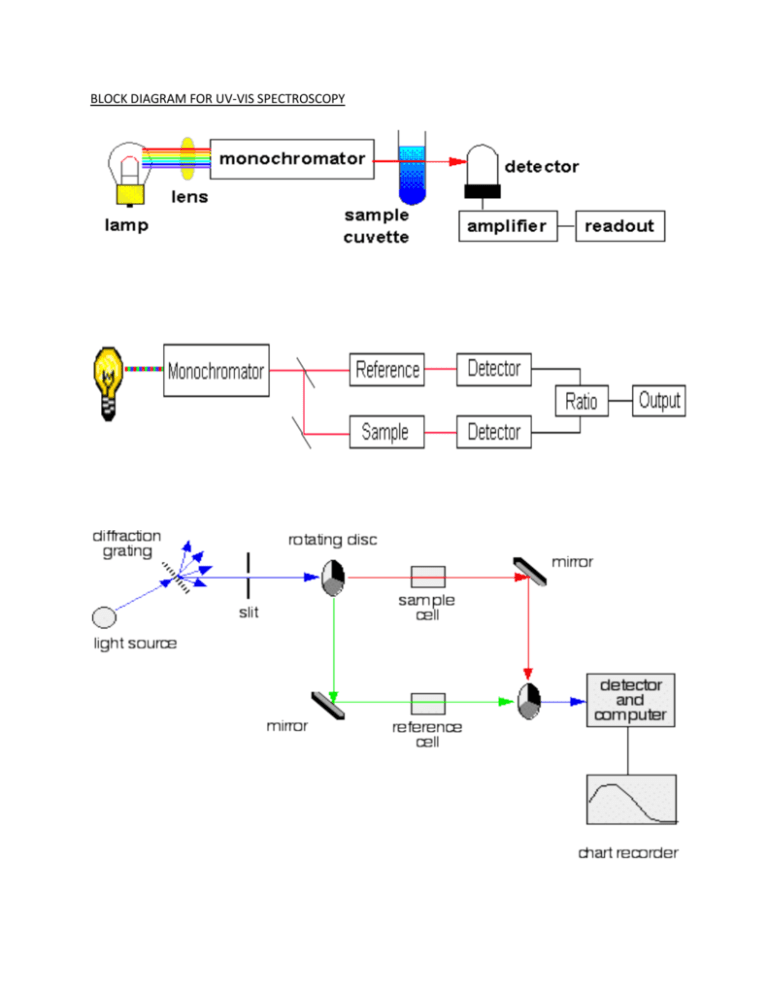
BLOCK DIAGRAM FOR UV-VIS SPECTROSCOPY VENDORS 1. 2. 3. 4. 5. 6. 7. 8. 9. 10. Agilent Technologies Bibby Scientific Ltd. Biochrom Buck Scientifc Cecil Instruments Hitachi High Technologies America, Inc. JA SCO MIDSCI Shimadzu Thermo Scientific RESEARCH ARTICLES Beweries, Torsten, fischer, Christian, Peitz, Stephan, Burlakov, Vladimir V., Arndt, Perdita, Baumann, Wolfgang, Spannenberg, Anke, Heller, Detlef, and Rosenthal, Uwe. Combination of Spectroscopic Methods: In Situ NMR and UV/Vis Measurements To Understand the Formation of Froup 4 Metallacyclopentanes from Corresponding Metallacyclopropenes. Journal of the American chemical Society. 2009. 131(12), p. 4463-4469. ARTICLE 1 Scheiring, Thomas, Fiedler, Jan, and Kaim, Wolfgang. Structure and Spectroelectrochemistry (UV/Vis, IR, EPR) of the Acceptor-Bridged Heterodinuclear Complex [(η5-C5Me5)ClRh(μbptz)Re(CO)3Cl](PF6), bptz = 3,6-Bis(2-pyridyl)-1,2,4,5-tetrazine. Organometallics. 2001. 20(7), p. 1437-1441. ARTICLE 2 Pathak, A.K., Mukherjee, T., and Maity, D. K. Quantum chemical Study on UV-Vis Spectra of Microhydrated Iodine Dimer Radical Anion. The Journal of Physical Chemistry A. 2010. 114(2), p. 721-724. ARTICLE 3 COMMON USES OF THE UV-VIS The UV-Vis is commonly used to quantitatively determine difference analytes that stem from metal ions to organic compounds that are highly conjugated. The UV-Vis is based upon the theory of excitation and emission of particular atoms. Uses atoms such as transitional metal and organic compounds light RNA, DNA, and other highly conjugated organic compounds can be quantitatively analyzed using UV-Vis.

